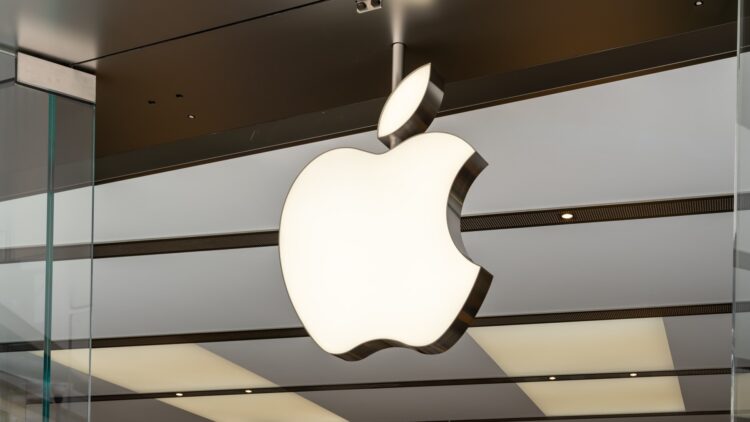Apple has risen to the top of the tech brands for years, known for their exclusive operating system and sleek design, the company has always been on the top end of the price point for new technology. Despite this, users were glad to pay the premium, after all the quality of the product backed up the price, but after the implementation of the new tariffs under President Trump, many have noted that their prices could easily increase by 30 to 40%.
But while the blow to consumers could be significant if their prices rise, Apple has already suffered a pretty big impact and the tariffs have not even gone into effect. Its market cap has collapsed by $700 billion following “liberation day” (as Trump and his supporters are calling the day the tariffs were signed) when investors realized the impact the new policies would have on the company given their manufacturing practices.
The impact of the new tariffs on Apple
Apple shares have also taken a major hit following Trump’s announcement of sweeping tariffs, 19% total, and that happened in just three days, when the company saw its steepest decline since 2001, with stock prices sliding from $223 to $175. The drop has wiped out around $700 billion in market value, shrinking Apple’s capitalization from $3.3 trillion to $2.6 trillion as of Monday and by Tuesday afternoon, the stock was still trending downward, losing another 3%.
Wedbush Securities analysts led by Dan Ives is one of the first to analyze the crash and give some insights “The tariff economic Armageddon unleashed by Trump is a complete disaster for Apple given its massive China production exposure. In our view, no US tech company is more negatively impacted by these tariffs than Apple with 90% of iPhones produced and assembled in China.”
And that is what will likely sink the Apple brand, as their iPhone is their biggest sold item. It is popular and expensive enough to be considered a status symbol but not too expensive to make it impossible to replace when the new version comes out, which makes it the gold standard for the company. This is not the first time Apple is threatened with these tariffs, during Trump’s first presidency the White House instituted some tariffs, nothing as sweeping as this, but enough to worry Apple CEO Tim Cook. At the time they were able to negotiate an exemption, but it seems unlikely that this will happen a second time considering the new emphasis on “America first” and “American made”.
This plan to use tariffs to pressure companies to move their manufacturing to the US is not as straightforward as one might think. There are plenty of reasons why factories have been established abroad, mostly costs, but also less regulations and less environmental protections, and to move these production centers stateside would not only be very costly (just for Apple it would cost more than $30 billion and take three years) but also impractical due to the lack of personnel willing to work in the conditions necessary to make the goods as cheaply as they are made abroad.
According to analysts at Rosenblatt Securities, Apple’s entry-level iPhone 16 may see a sharp increase in cost as soon as the tariffs are implemented, potentially rising from its listed $799 to as much as $1,142. For the high-end iPhone 16 Pro Max with 1TB of storage, the price could escalate from $1,599 to approximately $2,300, Reuters reported. This is due to the now 32% tariff increase for Taiwan and 54% for China, the two main places where Apple manufactures products. Trump additionally threatened another 50% increase on China after the Asian country retaliated with their own set on American imports, which would make the cumulative total around 104% and would truly decimate not just Apple, but the entire goods chain.

